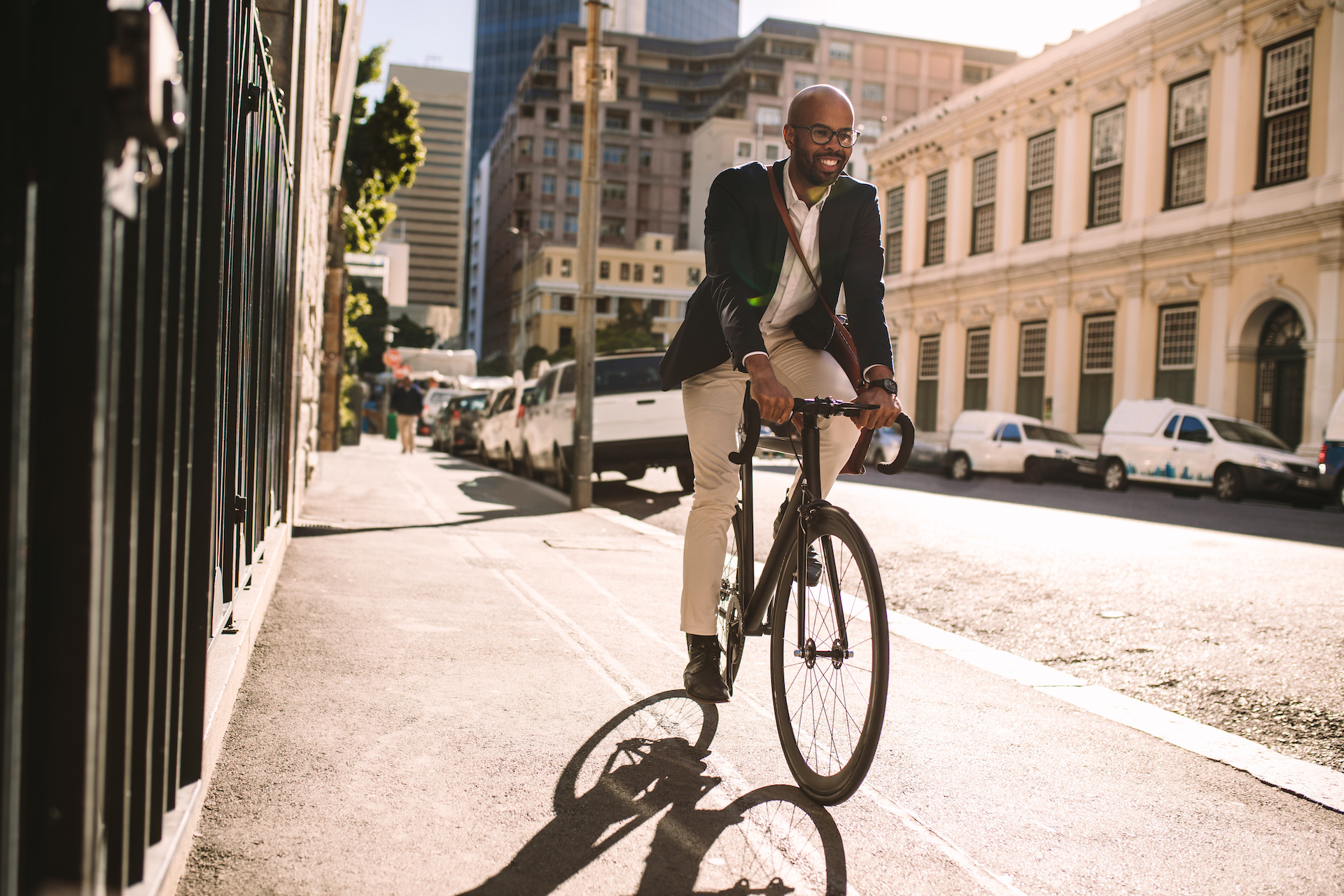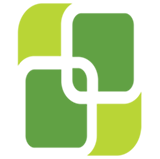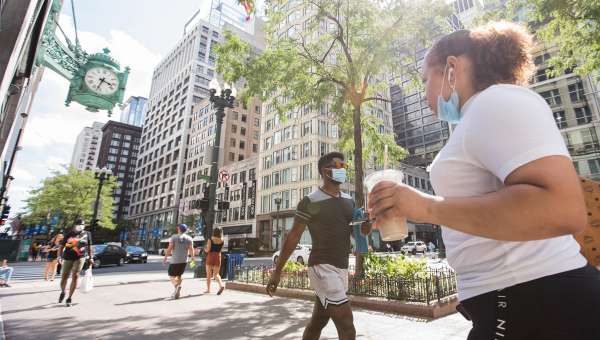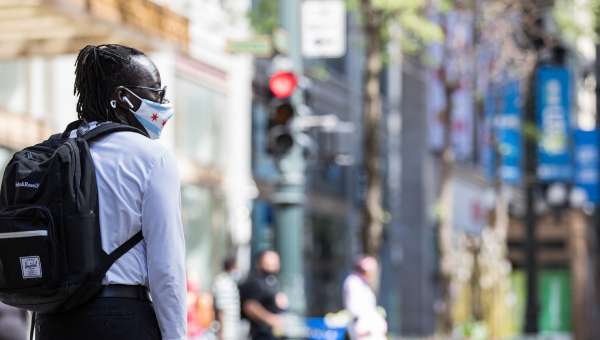Posted 4 years ago in Trending
3 MIN READ – If you plan to be #BackInTheLoop, there are many clean, safe, and healthy options for how to do it. Below are our expert tips and up-to-date information on any service changes.
All the same transportation options exist now as before the pandemic—public transportation, cycling, driving, ride hail, and walking—but each have seen some changes to keep travelers safe from COVID-19. Here’s what returning workers and visitors can expect:
Public Transportation
The CTA is committed to providing the cleanest, most comfortable environment possible for customers. Their strategies include:
- Promoting social distancing and customers and CTA employees wearing masks/face coverings
- Running full service continuously throughout the pandemic and all re-opening phases, including adding longer trains and longer buses to some routes
- Providing public information on ridership trends and crowding by bus or train route via their ridership dashboards.
The agency has shared detailed information about their cleaning efforts, travel tips and tools, and ridership dashboards that provide average ridership trends to help you avoid crowded buses or trains. Riders should always check CTA schedules online before commuting.
PACE bus schedules, which serve Chicago's suburban counties, are regularly updated here.
Commuters normally reliant on Metra should check schedules online before they travel. With COVID easing, Metra will add 21 more trains a day on its Union Pacific Northwest branch effective April 25. The new schedule also divides rush-period service into a three-zone pattern that will better balance passenger loads and allow Metra to improve express service to stations farthest from Chicago. This new schedule allows for passengers with early shifts and reverse commutes to be better accommodated.
Metra continues to deep clean all cars and has developed a new cleaning, sanitizing and disinfecting regimen to keep customers as safe as possible on a daily basis. Metra asks all customers to wear a face covering, maintain distance from others on the train, and remain seated rather than crowd aisles or vestibules as your stop approaches. Metra will allow plenty of time to safely exit the train when it reaches your destination.
South Shore Line trains also regularly update schedules here.
Cycling and other light individual transport
If you decide to bike to work, consider using Divvy. Divvy associates (like Chicago Loop Alliance’s May 2020 Loop Employee of the Month) frequently disinfect high-contact surfaces on bikes and wear gloves when handling anything at the storage depot or in transport vans. Divvy also recommends that associates wear a face covering, and are distributing those wherever possible. It is recommended that riders regularly check updated Divvy transit information before traveling.
If you prefer to ride a personal bike, e-scooter, hoverboard, or other “light individual transport” vehicle operated in a bike lane, check out Active Transportation Alliance’s Everyday Biking Guide for tips and resources. Also, check out our cycling tips for new cyclists who may be returning to work.

Drive
If you drive to the Loop, consider using iParkit for the most convenient locations at the best rates. You don’t have to worry about tickets or reservations; just download the iParkit app, create an account, scan in and out of the garage, and your payment is automatically processed upon exit with a receipt emailed to you. Contact mark.obeler@intpark.com if you would like to discuss employee or tenant discount programs. This touchless parking option is not just convenient, but also clean and safe.
Another parking option is Millennium Garages, which are open 24/7. Simply drive in, take a ticket, and pay on exit. You can also buy online in advance and save up to 50 percent off drive-up rates. Other options are hourly and daily drive-up rates, monthly parking, and multi-day rates.

Ride hail
Hailing a ride from a taxi or other service like Uber or Lyft will likely be a little different than pre-COVID. For instance, Lyft introduced its Health Safety Program with new policies, commitments and products designed to address community needs during this important time for public health. The primary feature of the Health Safety Program is the new Personal Health Certification, which will require all riders and drivers to wear face masks when using Lyft. Many drivers have also installed partitions in their vehicles between the driver and passenger. Before using Lyft, every rider and driver will be required to self-certify that they will wear face masks throughout the ride, are symptom-free and will follow CDC and local health official guidelines related to COVID-19. Specifically, riders and drivers will confirm that:
- They will wear a face mask or covering
- They will not ride or drive with Lyft if they have COVID-19, think they have it, or have related symptoms
- They will keep vehicles clean and sanitize their hands frequently
- They will leave windows open when possible and avoid recirculated air when possible
- Passengers will not ride in the front seat
Drivers and riders who do not agree to the Personal Health Certification will be unable to request a ride or drive with Lyft.
Walk
It may not have seemed like the best option before COVID-19, but for those who live in or near the Loop, walking may be the safest and easiest bet for getting downtown. It takes an average of 15-20 minutes to walk 1 mile.
#BackInTheLoop
Share your transportation plans and return stories with Chicago Loop Alliance on social media with #BackInTheLoop.



